|
The 58mm focal length is inextricably tied to the introduction of the 35mm SLR in the mid-1930s. This was due entirely to the physical difference in construction required by the mirror (the "reflex" part of the Single Lens Reflex designation) used for viewing the subject directly through the lens versus the then-standard rangefinder design. Because of the greater depth including the mirror in the optical path required, this entailed more distance between the rear of the mounted lens and the film plane, which is termed "back focus". The longer back focus of the SLR meant that the standard 50mm focal length rangefinder lenses of the day could not bring the rear focus node to the proper distance from the film plane if simply converted to the SLR mount (in this case, the Kine Exakta of 1936). By the mid-1960s, 50mm would become the standard for SLR lenses as optical designers were able to gradually overcome the design challenges presented by the SLR. In the meantime, the easiest way to overcome the back focus issue was to simply bump the focal length a bit to accommodate the extra back focus. And that is what Willy Merte of Zeiss did in developing the famous 58mm f/2 Biotar, released in 1938. The Biotar would set the bar for standard SLR lenses for the next 25 years, famously duplicated in the Helios 44-2, among others. Most manufacturers of SLR lenses followed Merte's lead by producing 55 to 58mm lenses, particularly for faster-than-f/2 maximum apertures. Minolta was no exception, and would, in fact, be the last holdout among the Japanese manufacturers when it came to adopting 50mm as its normal lens focal length. They introduced their fast 58/1.4 only three years after their first SLR, the SR-2, and supplemented it with a 58/1.2 seven years later. The 58/1.4 would remain in production until 1973, and the 58/1.2 until 1978, with both being replaced by 50mm lenses, accordingly. This is their story.
4 Comments
Middle-of-the-road. Middle-child-syndrome. When it comes to lenses you would be hard-pressed to find another optical specification that seemingly fits either of those epithets more closely than a plain ol' 200mm f/4 prime. A middling focal length, a middling maximum aperture, middling size and weight, and no optical development for almost fifty years...all of these added together must up to a middling "meh" experience. Or do they? Could it be that this valedictorian of the Class of the Overlooked is actually an overachiever and more than the sum of its moderate specifications? Well, you will have to decide that for yourself :-). Updated Oct. 20, 2023 When it was released as the first of the AI-s Nikkors in February of 1980, the 55/2.8 Micro-Nikkor sported a 2/3-stop faster maximum aperture than its AI predecessor and, in a first for a Micro-Nikkor, Close Range Correction (CRC). CRC was Nikon's fancy acronym for a "floating" element focusing system. In contrast to a standard "fixed" focusing mechanism, where only one lens block or group moves to achieve focus, a floating system adds a mechanism to provide the capability to move another lens block or group in addition to the primary focusing unit. In virtually every category, the new lens offered improved optical performance to the older one. Yet, today, the popularity of the 55/2.8 is no greater than that of the 55/3.5, and dollar values are basically a wash despite the 2.8's greater complexity and performance potential. Weird. But how come? Let's dig in. If the Minolta MD Rokkor-X 100/2.5 we looked at previously is the definition of a sleeper, the subject of this post is anything but. I feel quite safe in postulating that there has been more virtual ink spilled over the Nikkor 105/2.5 (in all its guises) than any other medium (75-105mm) telephoto of the vintage 35mm era :-). Well, let's spill a little more, but hopefully we will cover some fresh territory in the process and see why Nikon kept this lens design all the way to the end of the film era in the early 21st century and why it remains one of the best performance-to-price ratio vintage lenses you can lay your hands on today :-). Updated Apr. 4, 2024 From its inception in late-1958, the Minolta SR system included at least one short telephoto of 100mm focal length, predating their first 85mm optic by over a decade. The last listing at B&H that I could find for the final New MD 100/2.5 iteration was from July 1994 (production had obviously ended back in the mid-'80s when the Alpha/Maxxum AF mount was introduced). So a successful (albeit fairly quiet) 35-year sales run in total for the manual focus Minolta 100mms. And yet, when talk turns to short Minolta manual focus (MF) telephotos, almost invariably, the 85/1.7 (first introduced in MC Rokkor form in 1970) tends to dominate the conversation. Not without reason, mind you; the 85/1.7 and its successor, the 85/2, are some of the finest examples of the type, regardless of brand. As a result, the 100s have slipped into the shadows somewhat. But they are definitely worth your consideration...so let's dive in. Updated June 21, 2024 It is common knowledge among Nikonistas that the Series E line of lenses are unworthy of the Nikkor designation, due to the copious amounts of "plaaaastic" in their construction and their intended audience of wet-behind-the-ears beginner hacks (the only thing worse than "plaaaastic" to a Nikonista is a "baaaattery", always uttered with head reared back and clenched fists shaking at the heavens). Even having "Nikon" engraved on these "re-badged third party" lenses went way too far for these gatekeepers. Seeing as the little EM consumer SLR that the E lenses were designed for deservedly "failed" on the market (selling a paltry 400,000+ units in its first full year of worldwide distribution and "only" 1.5 million in less than 5 years overall) it should come as no surprise that the Series E line of lenses turned out to be one of Nikon's greatest blunders. Read on to see how they barely survived and the lessons they learned (or rather, failed to learn ;-)). Updated Mar. 9, 2024 With only a two-and-a-half-year market life (Spring 1983 - Winter 1985), it might seem that the Zoom-Nikkor 50-135/3.5 AI-s was a failure (just over 31,000 produced) for Nikon. Adding to this perception is the fact that it never made the transition to auto focus (AF), as did its pseudo-successor, the much longer-lived AI-s 35-135/3.5-4.5 (almost 92,000 produced from 1984 - 98 in MF and over 282,000 produced from 1986 - 98 in AF form). But when we dig a little deeper, a fascinating (for a lens geek, anyways ;-)) tale emerges. What were the real reasons for the 50-135's untimely demise? Here is the story of a sleeper Nikkor lens...one that still performs surprisingly well in the current digital age. Expectations. That is what it really comes down to. More than the optical performance, build quality, or outright cost (all of which can vary wildly) of any vintage aftermarket lens, it is your level of expectation that should determine whether you bother with them at all. If you are expecting OEM-grade (Original Equipment Manufacturer) performance and build quality out of something that was originally half-or-less of the cost, you are going to be disappointed. It is as simple as that. However, if you reasonably expect (oh come on, since when does that apply on the Interwebs ;-)) somewhat-lesser-but-still-capable performance from that $10 or $20 flea-market find, you may find yourself completely satisfied with a third-party alternative. Well now. That took care of that in short order. Cheerio... Okay...okay...okay. You know I can't leave well-enough alone. Read on if you feel the need for a long-winded, over-analyzed version of the above. Otherwise, just go out and keep snapping away with any cheap old light-sucker you find. After all, ignorance is bliss... ;-) I don't know if Rodney Dangerfield was into photography, but if he was he must have used f/3.5 lenses, judging by the way he was always bugging his eyes out. Which would be understandable, because any half-baked photographer knows that f/3.5 is a raging vortex where photons go to die, leaving your eyes straining for the faintest trace of light. Not to mention the utter impossibility of achieving anything remotely resembling shallow depth of field (DOF) with such an infinitesimal iris. No proper lens jockey would be caught dead with such a miserable excuse for a photographic tool. So if you have any remaining shred of photographic self-respect, let me save you the trouble now of reading any further ;-). Welcome to the final installment of our "Choosing Manual Focus Lenses" series. In this article, we will look at the larger picture of lens sets in general and also check out a few options for specialty optics, such as macros and shift lenses.
Zoom lenses really started to come into their own by the late-1970s and became standard equipment with most SLRs by the mid-'80s. Versatility was the name of the game, with such optics sometimes enabling a photographer to replace up to 3 primes with one lens. However, this was not a free lunch; there were always compromises involved. Welcome to Part 2 of Choosing Manual Focus Lenses. We will now delve deeper into the categories of focal lengths and the differences between them. As in the previous post, we will be looking at this in terms of vintage 35mm format manual focus (MF) lenses, but you can use the principles for more modern glass and other formats. WARNING - There may some numbers involved! (I'll try to control myself ;-)) Fun With Focal Lengths In 35mm format: "Normal" lenses range from 40 - 58mm (with 50mm being by far the most common and was the basic kit lens offered with SLRs for years); Wide-angles go from about 28 - 35mm; Extreme wide angles from 15 - 25mm; Ultra-wide angles are less than 15mm; Telephotos from 65 - 300mm; and Super Telephotos are greater than 300mm. All of these categories are approximate, but you get the general idea. We will look at single focal-lengths and, in the next article, discuss how zooms combine several focal lengths into one lens and the advantages/disadvantages of doing so. One of the most daunting experiences for an SLR owner can be deciding which lenses to choose to achieve their photographic goals. The sheer number of possibilities can seem overwhelming when trying to narrow things down to a manageable kit, both expense- and weight-wise. Further complicating matters is that what works well for someone else may be entirely different than what will be best for you. Choosing lenses goes beyond mere quantitative measurements. Your aesthetic sense of how you see the world around you, along with the genres of photography you pursue, and the conditions you will be working in all have a direct bearing on which lenses will be most suitable for you. Too many of us have learned the hard way about which lenses are best suited to our needs and abilities. Trial and error does often eventually lead us to the right conclusions, but with a considerable amount of wasted time, energy, and MONEY. Could there be a better way? Updated Apr. 27, 2022 Greetings, and welcome to our fifth vintage SLR system overview, this time featuring Pentax (or Asahi Optical Co. as they were originally known). In this installment we will examine their first SLR system, which (aside from the Asahiflex models) utilized the M42 screwmount introduced by Zeiss in 1949. Over time, such was their success, M42 became commonly referred to as the Pentax screwmount. The M42 mount was used by Pentax for 20 years (1957-76) and today represents one of the most affordable and accessible SLR systems available to the vintage-focused photographer. In the second part of our Pentax overview, we will dig into the bayonet-style K-mount system introduced in 1975, and which is still used (in a modernized electronic form) by Pentax. As usual, we will break things down by: 1) Lenses, 2) Bodies, 3) Flash, 4) Accessories, 5) Reliability & Servicing. Updated Dec. 1, 2023 Welcome to the fourth installment of our "Choosing a Vintage SLR System" overviews! It features Olympus, one of the most influential Japanese camera manufacturers. We will work our way through: 1) Lenses, 2) Bodies, 3) Flash, 4) Accessories, and 5) Reliability & Servicing. But first...a little introduction :-). Olympus first came to prominence in photography in the late 1950s and early '60s with their half-frame (18x24mm, which was half of the 35mm frame) Pen series of cameras specifically targeted at the Japanese and later, the European markets. They were designed to be affordable for the average worker and economical to operate while still providing decent quality for an 8x10 print. Olympus sold millions of Pens. Ironically, it was the refusal of Kodak to support the half-frame format in the USA that pushed Olympus into the 35mm arena. For a more in-depth look at this turn of events, see this article. Although Olympus was the last of the major Japanese manufacturers to get into the 35mm SLR game, they made quite the splash in 1972 when they finally joined the fray. The immense influence Olympus exerted on the photographic world was due, in large part, to the efforts of the brilliant designer Yoshihisa Maitani and his team of engineers. The creator of the Pen and OM series was always seeking to do something different, not just copy others, and this does much to explain the success of Olympus over a three-decade period with its film-based equipment. The OM series would do more to reduce the size and weight of 35mm SLRs than any other system. What is more interesting was the impact this had on the other, more well-established manufacturers (Canon, Minolta, Nikon, & Pentax) known as the "Big 4". By the late-'70s, that designation had to be changed to the "Big 5", due to the success of the OMs. So let's take a closer look at all the OM system has to offer. Updated Jan. 9, 2021 The third article in our series "Choosing a Vintage SLR System" takes on the Nikon F-mount, arguably the most well-known, and definitely the longest-lived of all the 35mm SLR bayonet systems. After a brief introduction, we will break down our overview in this format: 1) Lenses, 2) Bodies, 3) Flash, 4) Accessories, 5) Reliability & Servicing. Nippon Kogaku (Nikon) began to build their reputation in the early 1950's as one of the premier Japanese optics manufacturers. Fortune and Life magazine photographers Horace Bristol and David Douglas Duncan were working in Japan and they were introduced to Nikkor lenses for the Leica M39-mount and Contax cameras then favored by photojournalists. Within a few years, Nikon introduced their famed S-mount series of rangefinder cameras that set new standards for rugged reliability. With the success of the Asahi Pentax SLR of 1957, Nikon found itself at a crossroads, with two management factions forming: one wanting to stick with rangefinders, and the other pushing for SLR development. Eventually (and fortunately for Nikon) the SLR project went ahead, drawing much from the SP rangefinder design. The result was the Nikon F of 1959, a professional-oriented machine. A whole line of Auto-Nikkor lenses underwent rapid development in the early '60s, giving Nikon one of the most extensive offerings of the early Big 4 (Canon, Minolta, and Pentax were the other companies). Nikon also developed a large assortment of accessories to increase the performance and versatility of the F: interchangeable finders, focusing screens, motor drives, etc. Throughout the 1960s and '70s, Nikon solidified its reputation as the first choice of photojournalists and widened its scope to include advanced amateurs, and by 1979, to the average consumer. By the early '80s, they had risen to second place in overall sales among the now-Big 5 (Olympus had elbowed its way in during the mid-'70s). That would be the high-water mark for the Nikon manual focus system (and all other MF systems), although Nikon would continue to produce MF bodies and lenses into the 21st century, which was longer than any other major Japanese manufacturer. So let's get going with Nikon. Updated June 30, 2021 Welcome to our second system overview, this time featuring the Canon FL/FD system, in our "Choosing a Vintage SLR System" series. Following a brief introduction we will break things down via the format of 1) Lenses, 2) Bodies, 3) Flash, 4) Accessories, and 5) Reliability & Servicing. Canon was an early entrant into the SLR market in 1959 (the same year as Nikon) with its Canonflex model in what it called the R-mount. Compared to its competitors Asahi Optical Co. (Pentax), Chiyoda Kogaku (Minolta), and Nippon Kogaku (Nikon), Canon got off to a slower start in SLRs as far as sales went. This was due to a couple of factors: 1) Canon remained focused on the rangefinder market as the others went pretty much all-in on SLRs, and 2) the Flex and its immediate descendants the RP, and R2000 were quirky machines with a bottom plate-mounted film advance trigger which was rangefinder-derived. The R-mount, with its breech lock lens coupling, did serve as the basis for the succeeding FL and FD mounts, although it used different internal controls for aperture functions. With the final R-mount camera, the heavyweight RM (1962), Canon went more mainstream with the control configuration and it was their first SLR with a built-in meter. They still remained fourth in sales, however, because they trailed the other three manufacturers in camera/lens automation. Updated Jan. 26, 2021 Welcome to the first system overview in our "Choosing a Vintage SLR System" series! We will proceed through the Big 5 Japanese SLR makers, first looking at manual focus (MF) systems and then auto focus (AF). We will now take an in-depth look at the manual focus "mind of Minolta". Following a brief introduction we will use our usual format of 1) Lenses, 2) Bodies, 3) Flash, 4) Accessories, 5) Reliability & Servicing to break things down. Minolta was the second major Japanese manufacturer to offer a pentaprism SLR with an instant-return mirror behind Asahi Optical Company and their Pentax (1957) model. They introduced their SR & Auto Rokkor (the "auto" stood for the automatic opening/closing of the lens diaphragm) lenses and the SR-2 camera body in 1958. Minolta quickly became the sales leader among the SLR makers and dominated the amateur market in the early 1960's. There was a strong engineering mindset at Minolta and they were not afraid to innovate throughout the next four decades. Various attempts to break into the professional market over the years always seemed to fail market-wise, but Minolta's attempts served to push the boundaries of what a professional SLR could be. The amateur market seemed to be the place where Minolta found its sweet spot. Minolta was also one of the two major manufacturers that made their own glass (the other was Nikon) for their lenses, thus exercising control over the entire lens-making process. Sadly, by 2006, strategic missteps brought about the end of Minolta as a major player in the SLR world, with the camera division being sold to Sony. But there are still treasures to be found in the old Minolta Mine. Let's get digging! System - a group or combination of...interacting elements forming a collective entity Collins English Dictionary Having the concept of "system" clearly in mind goes a long way in making a good choice of any SLR, whether it's vintage film or a brand new digital setup. The camera body on its own, sophisticated as it may be, is of no use without lenses. Other accessories - such as flash units, motor drives, and multi-function backs - increase the capability and versatility of the SLR. Oftentimes, we get caught up in the brand name, appearance, and/or specifications of the SLR body, to the neglect of the rest of the system which will play such a critical role in our photography. The vintage SLR user is spoiled for choice when it comes to selecting a system. We have the Big 5 - Canon, Minolta, Nikon, Olympus, and Pentax - along with a smattering of smaller but still-capable candidates like Contax/Yashica, Fujica, Konica, and Topcon, among others. Which system best fits your needs and wants is obviously a personal decision. How to help you to identify and prioritize your needs is the objective of this article. It will be followed by a series of system overviews for each member of the Big 5. Updated Oct. 17, 2023 With the longest-lived current 35mm SLR bayonet-mount (introduced in 1959), Nikon has a vast catalog of manual focus lenses in a sometimes dizzying array of variations. This can make choosing the right one for you seem daunting. Hopefully, we can help you to find the most suitable candidates for your Nikon lens (Nikkor) arsenal. In our first Nikkor article, we looked at the best bargains in single focal length (prime) lenses. In this follow-up we will attempt to peruse the bargain bin for zoom lenses. "Bargain" is relative in this case to other Nikkors in the same general focal length range ;-). Nikkors generally have higher prices than other Japanese brands of vintage glass because the mount is still current and because of Nikon's reputation as the "choice of pros" over a period of many decades. Updated Oct. 17, 2023 With the longest-lived 35mm SLR bayonet-mount (1959-), Nikon has a vast catalog of manual focus F-mount lenses in a sometimes dizzying array of variations. This can make choosing the right one for you seem daunting. Hopefully, we can help you to find the most suitable candidates for your Nikon lens (Nikkor) arsenal. In this first article, we will search out the best bargains in single focal length (prime) lenses. "Bargain" is relative in this case to other Nikkors in the same focal length ;-). Nikkors generally have higher prices than other brands of vintage glass because the mount is still current and because of Nikon's reputation as the "choice of pros" over a period of many decades. Updated Oct. 17, 2023
Minolta was one of the early players in the SLR market with the introduction of their SR-mount in 1958, only a year behind Asahi Optical Company's Pentax (which used the existing Praktica M42 screwmount), and a year ahead of the Nikon F-mount. More commonly known as the MD mount (which is really the designation of the fourth-generation lenses) the SR was a very advanced bayonet design for 1958 that required no internal changes for its 40+ year lifespan and thus avoided the compatibility problems suffered by most other concurrent mounts as they had to modernize or adopt completely new designs to offer auto-exposure capability and other new features. In 1985, when Minolta introduced its new Alpha (A) mount which permitted auto focus, the SR-mount was not immediately discontinued, but it was the beginning of the end, and by the mid-2000s it was an orphan. Which means great things for the bargain hunter. Orphaned mounts are in lower demand, generally, and therefore, it is less expensive to obtain lenses and accessories for them. Minolta glass is of excellent optical and build quality and equally at home on classic film SLRs or adapted for modern mirrorless digital cameras. So let's take a look at some of the best bargains around in vintage Minolta lenses. This is the first installment of our Best Bargain Lenses series in which we attempt to sift out the truly best-bangs-for-your-buck in the legacy lens world. We are starting with the Pentax K-mount (bayonet) because of increased interest in vintage Pentax glass since the release of the new K-1 full-frame (35mm format) DSLR. You will find that most bargains lie in the focal lengths between 28 to 200mm and at moderate apertures (e.g. f/3.5 or f/4 for wide angles and telephotos and f/1.7 to f/2 for normal lenses). The beauty of these unassuming optics goes beyond their low prices; because of their smaller maximum apertures they were able to use simpler (most of the time) optical constructions, which saved weight and bulk and yet gave excellent performance. So let's start the party with the original series of Pentax K-mount lenses: the SMC Pentax models which were manufactured from 1975 to 1977 (offering the best build quality before cost-cutting entered the picture with the M- & A-series). As we go through we will consider each lens in context with its predecessor in M42 screwmount and successor in SMC-M. Prices are current as of 2016 and are an average cost for lenses in very good to excellent condition. |
C.J. OdenbachSuffers from a quarter-century and counting film and manual focus SLR addiction. Has recently expanded into 1980's AF point and shoots, and (gack!) '90s SLRs. He even mixes in some digital. Definitely a sick man. Categories
All
Archives
June 2024
|
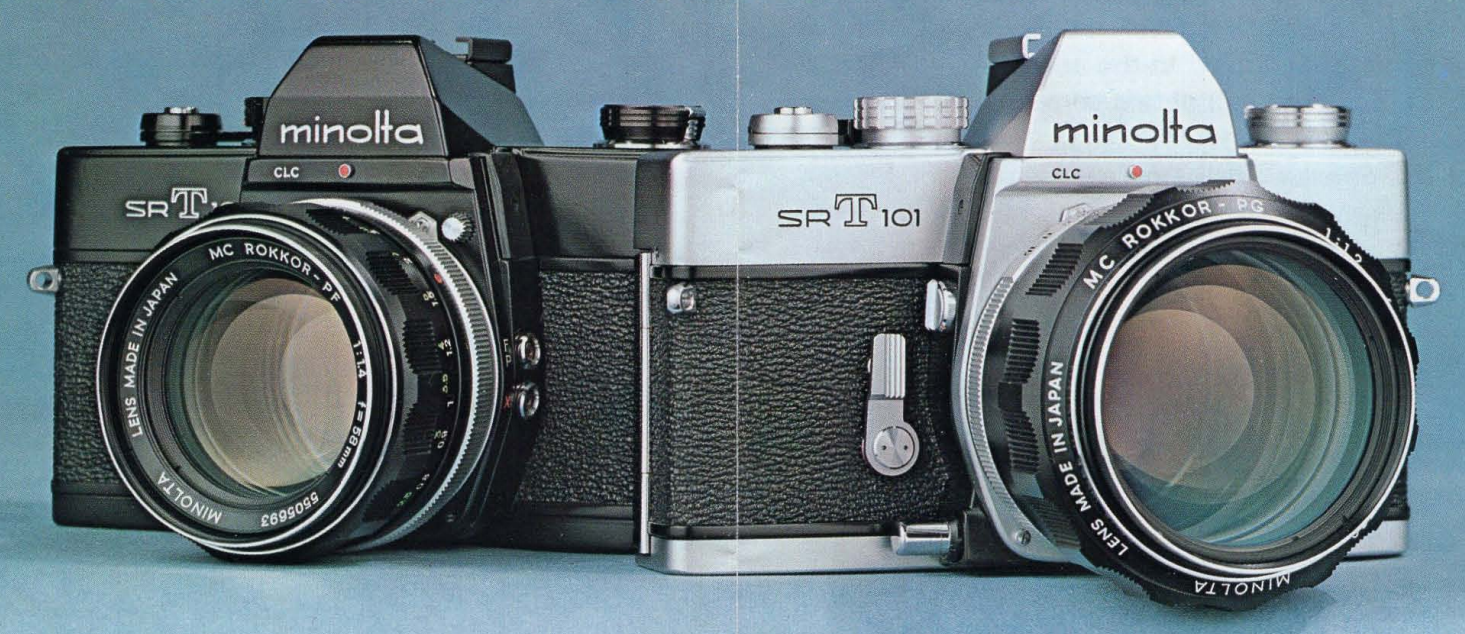
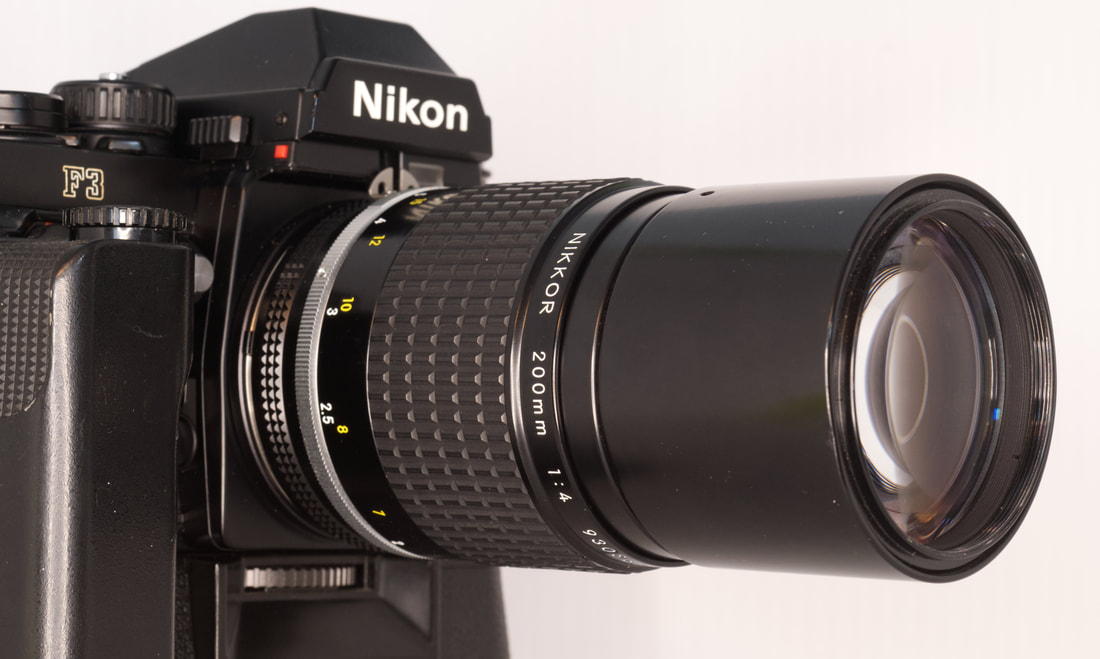

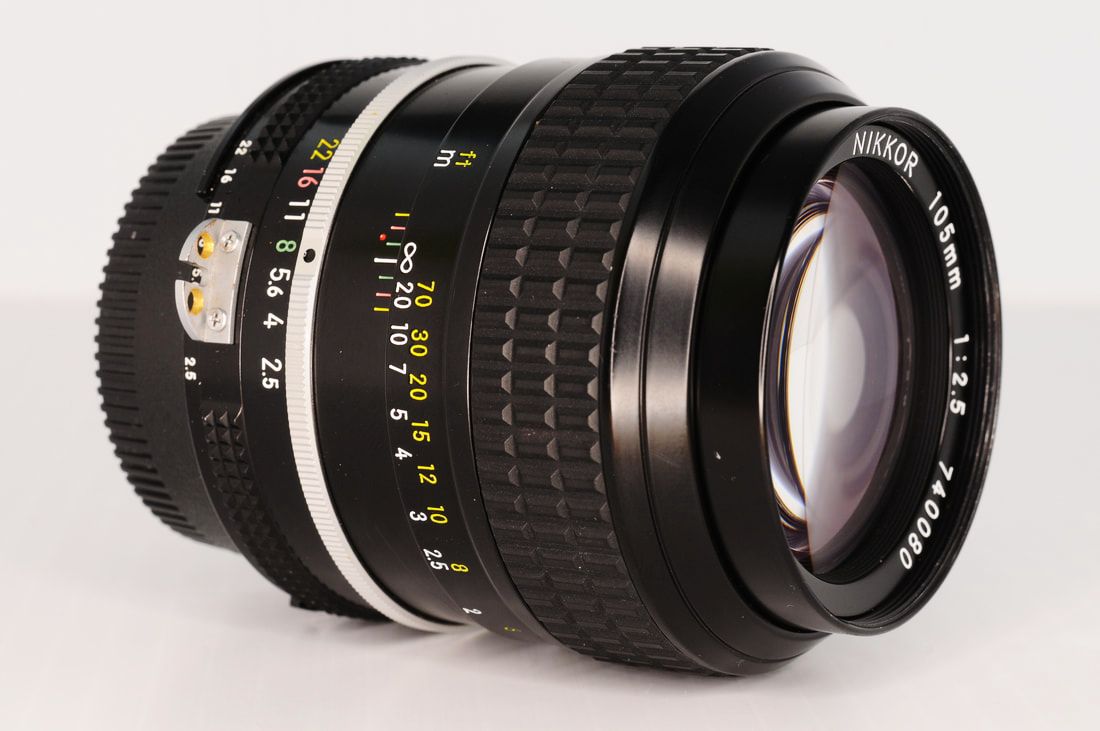
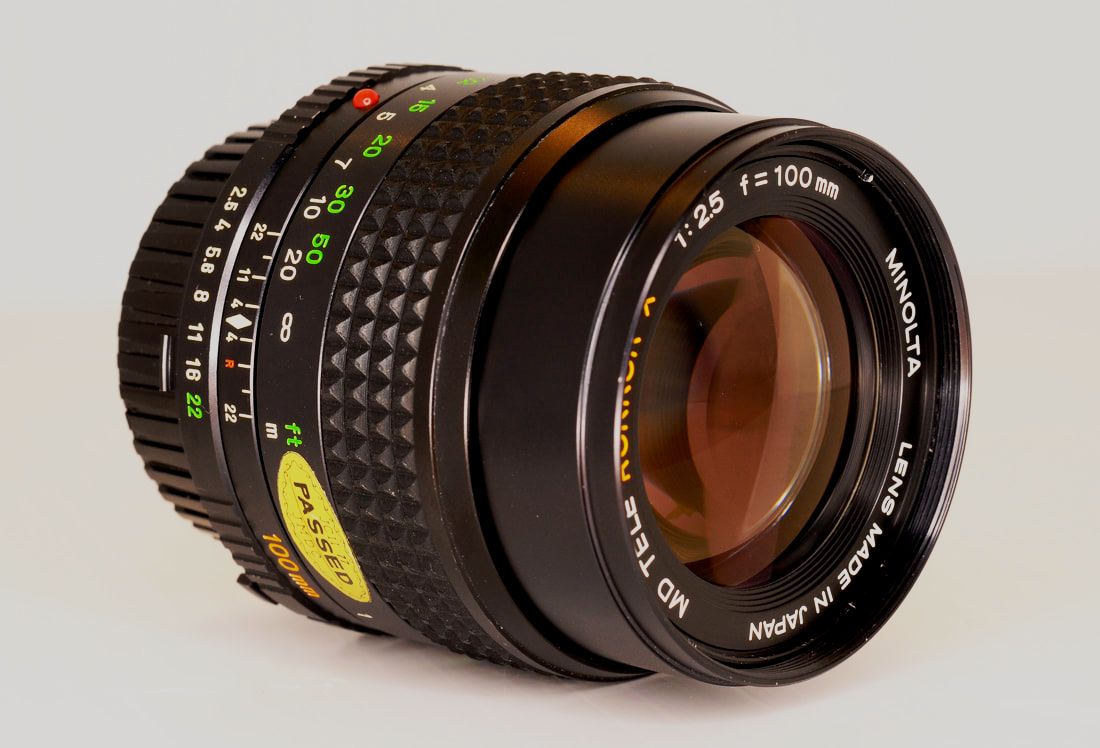
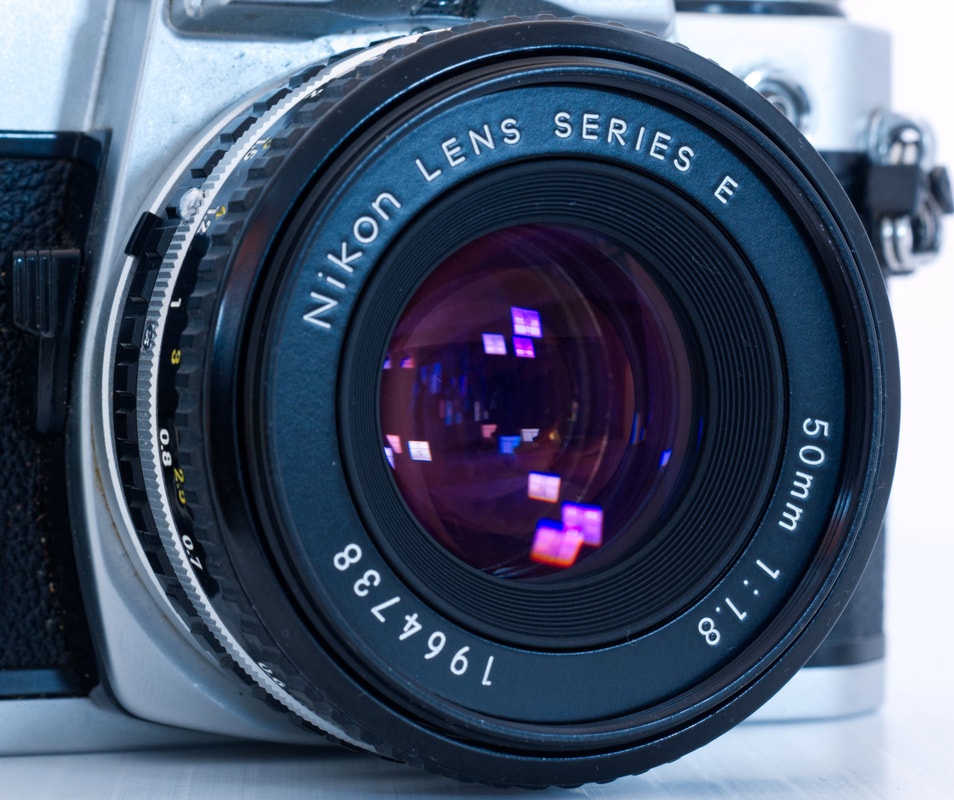
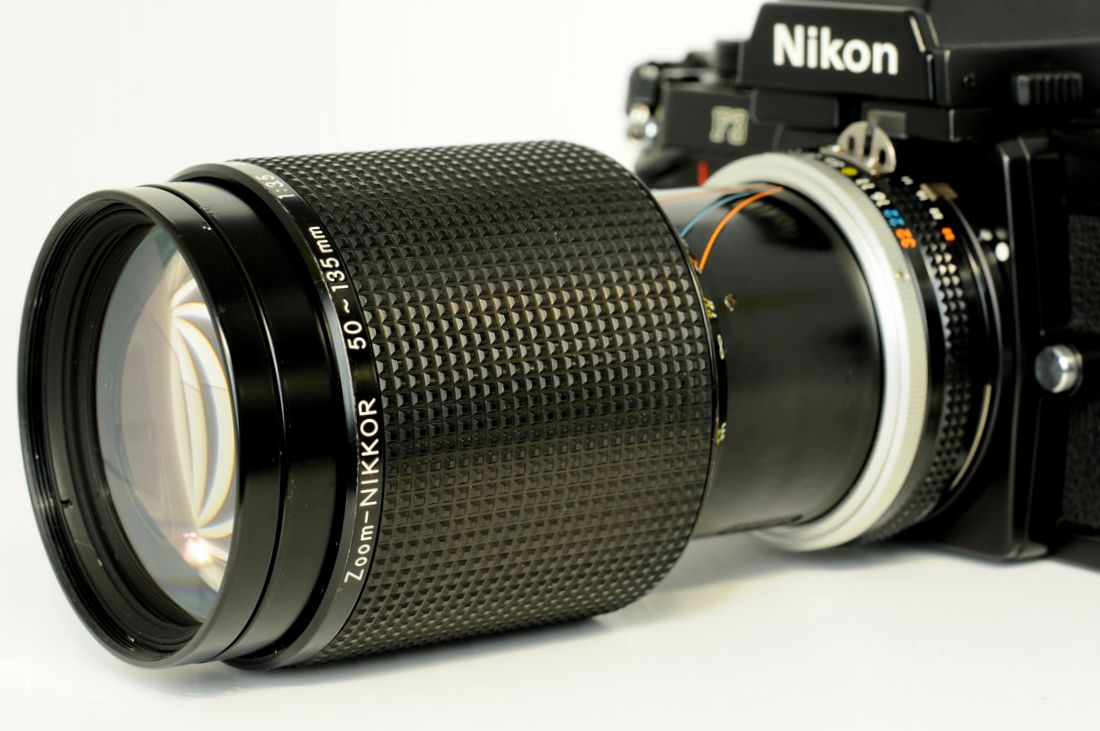
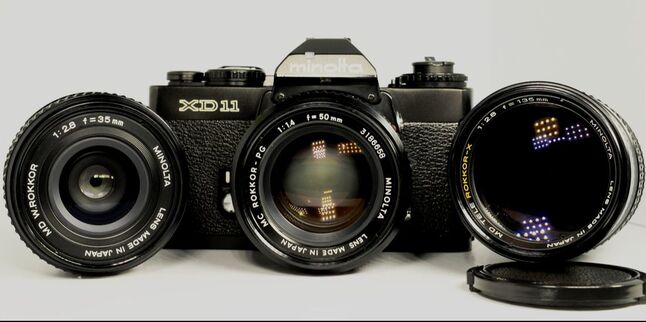
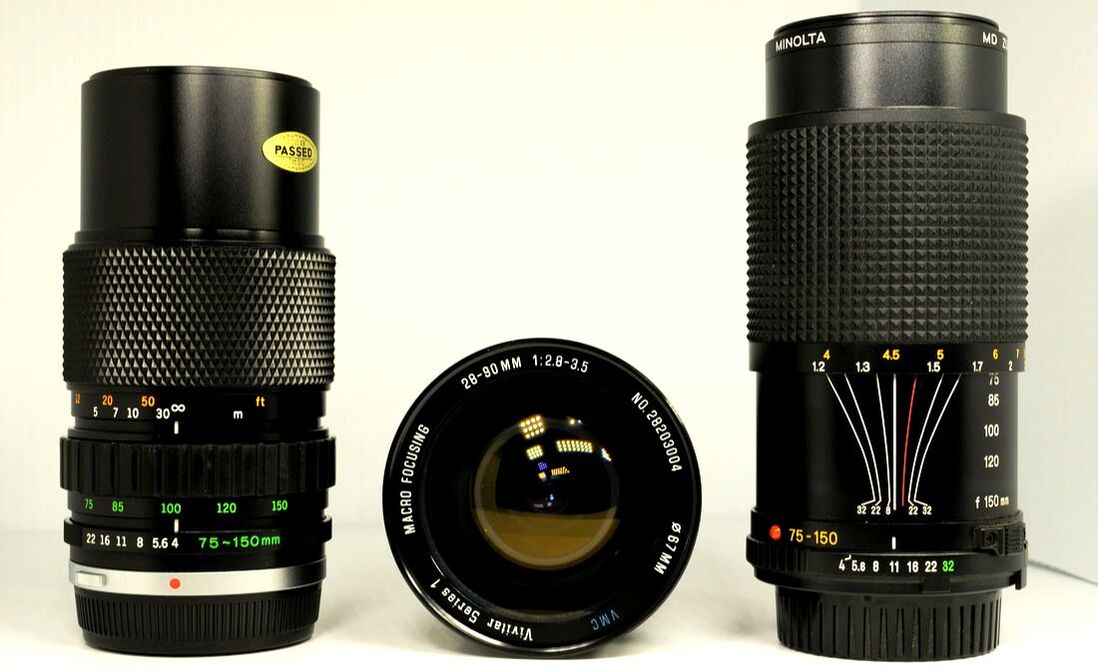
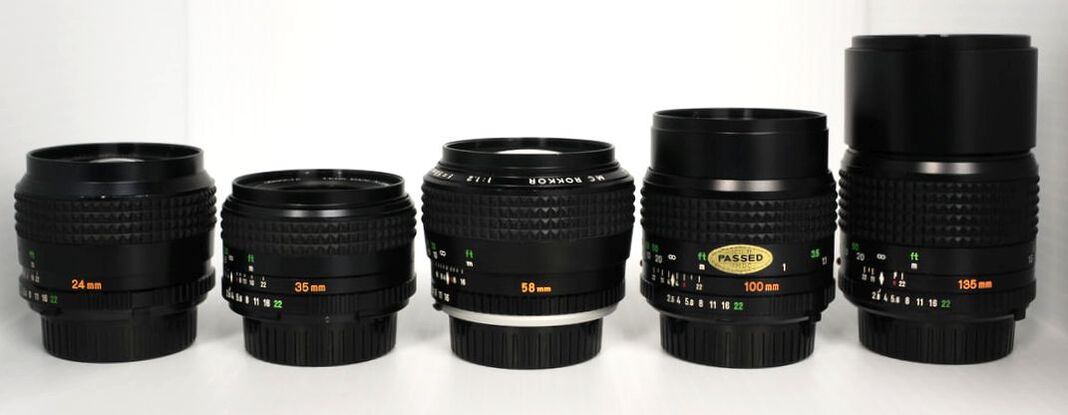
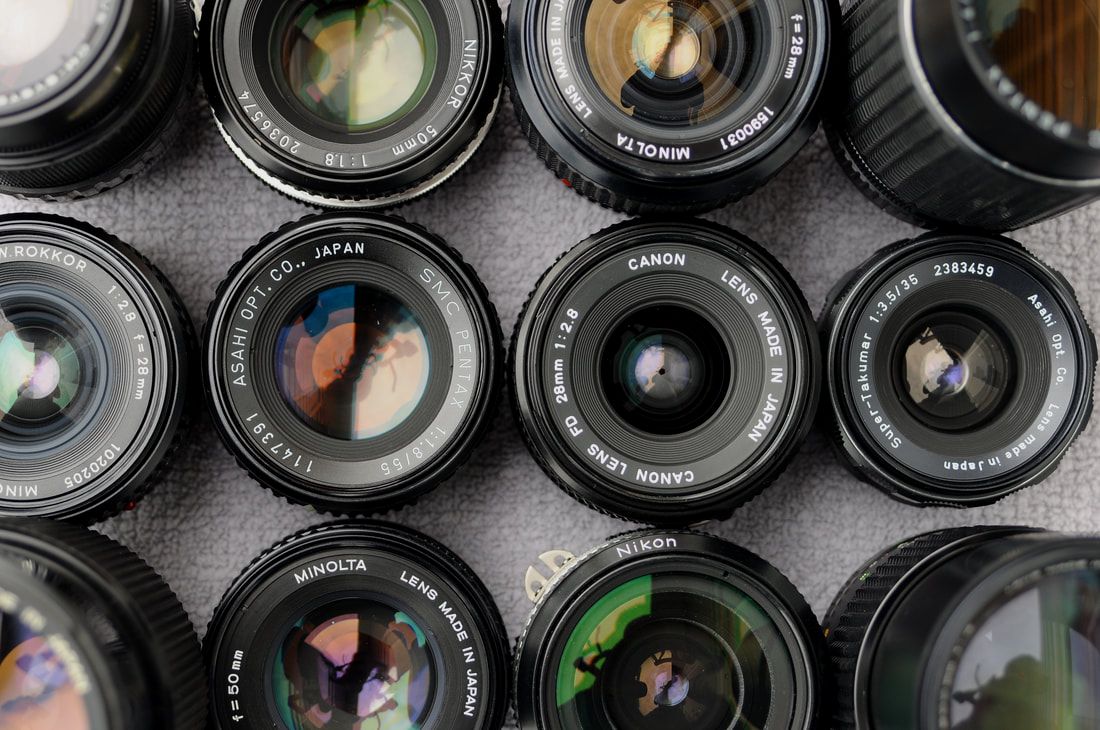
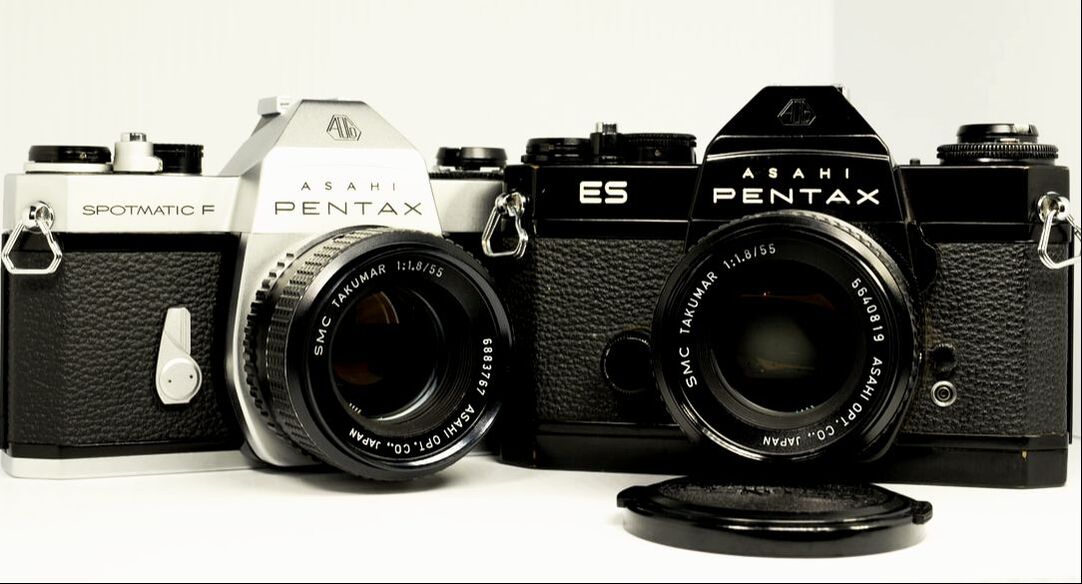
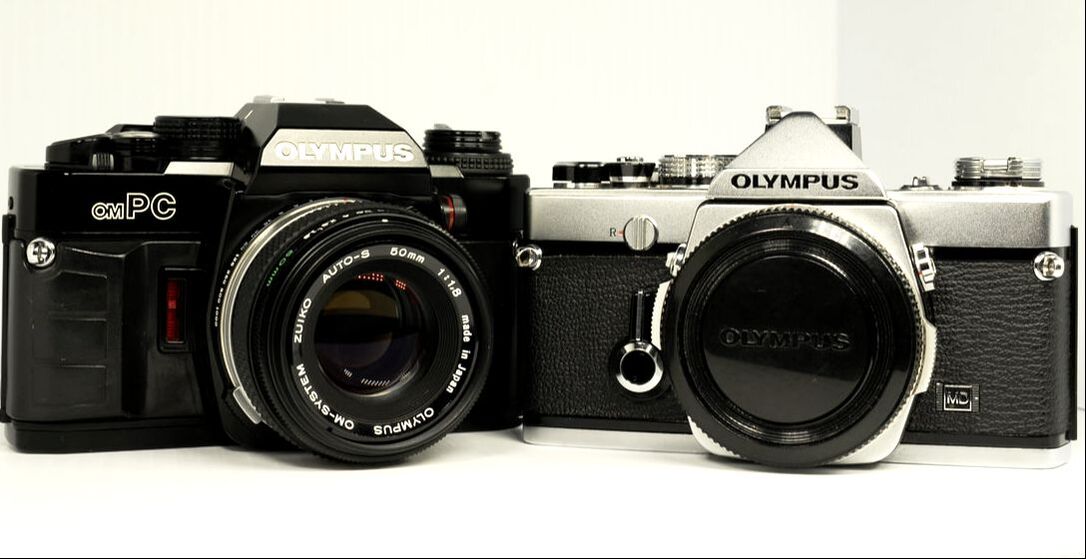
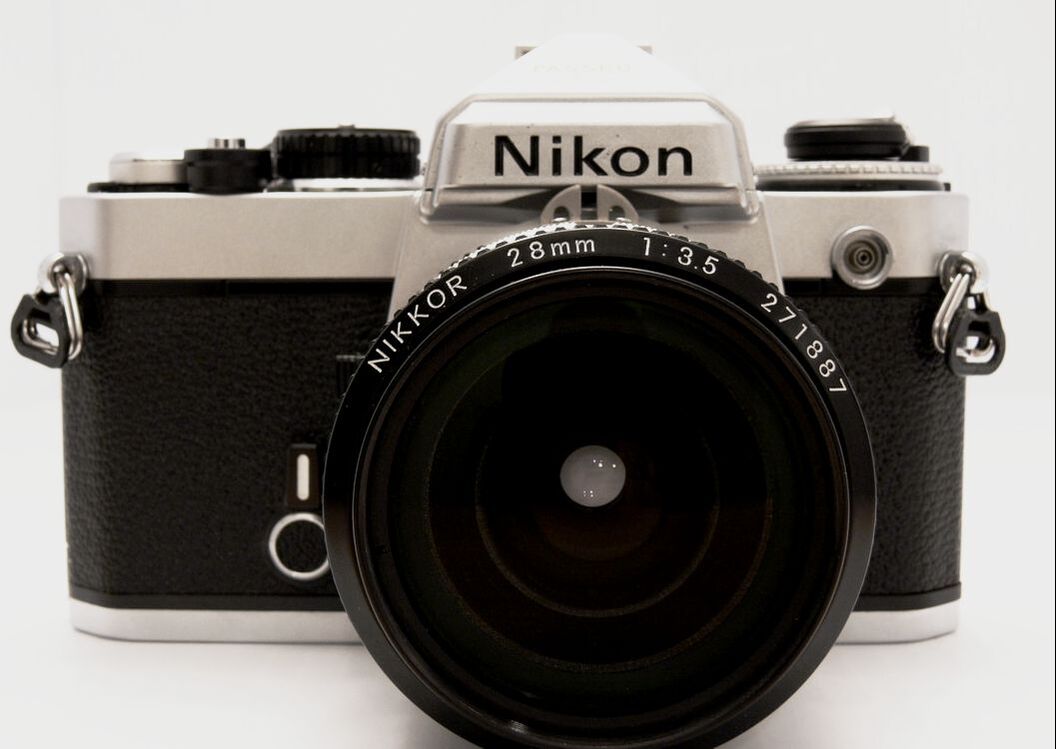
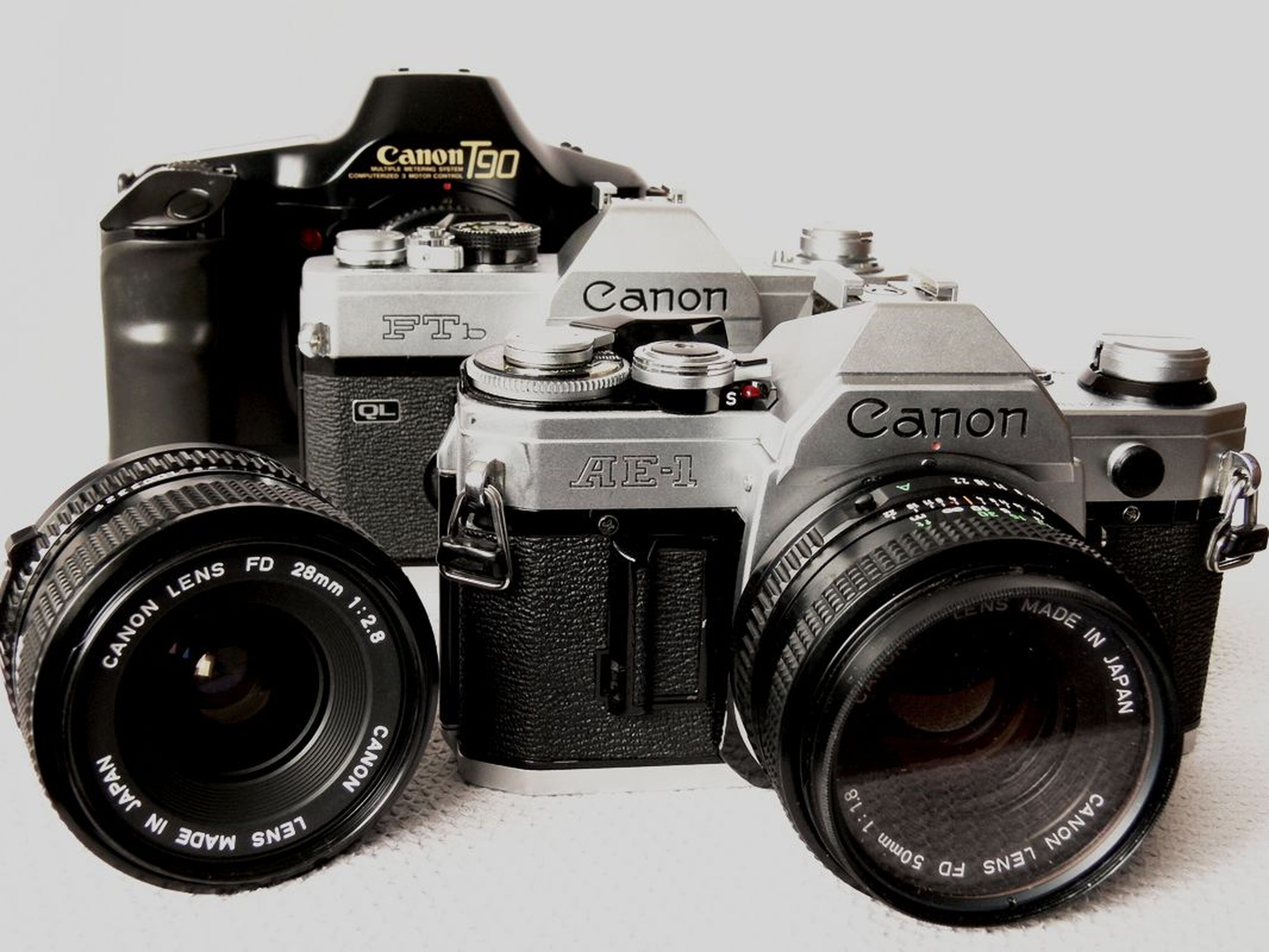
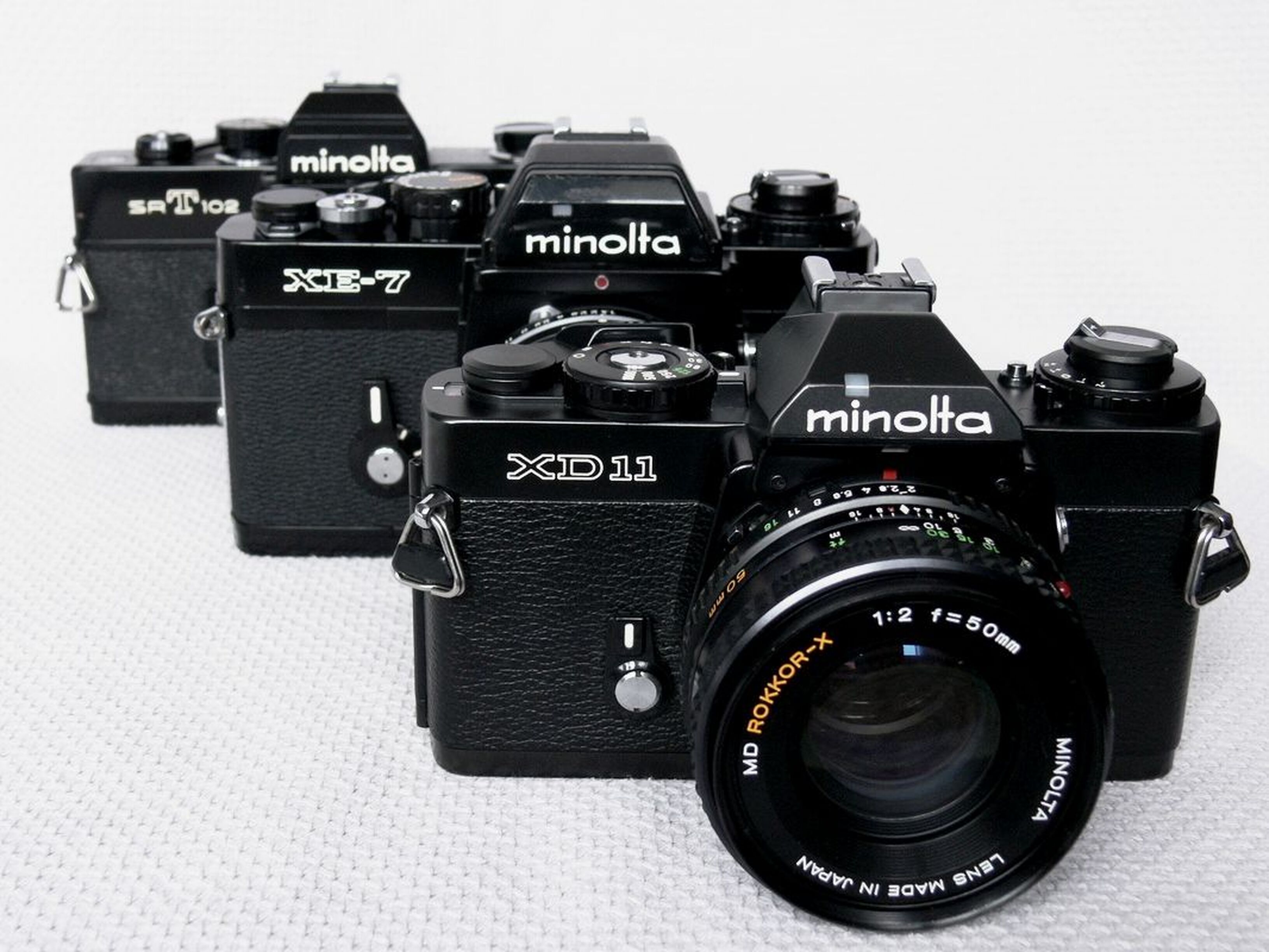
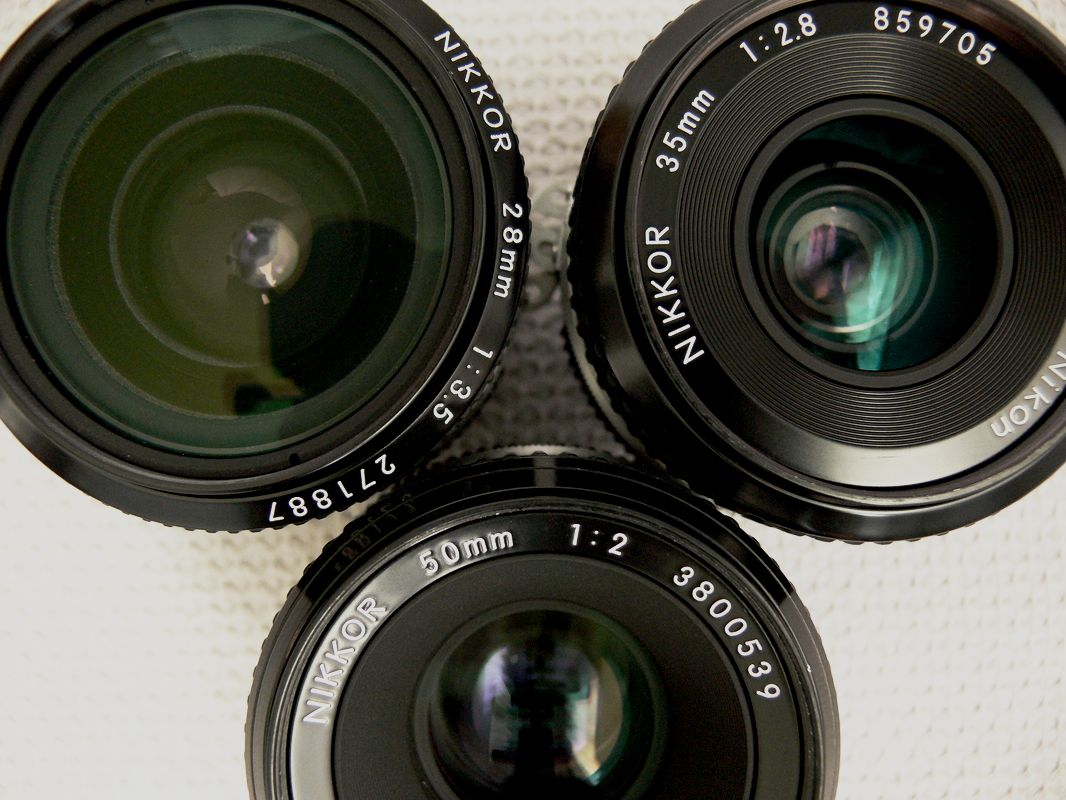
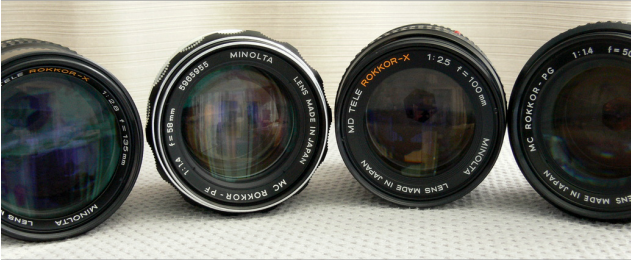
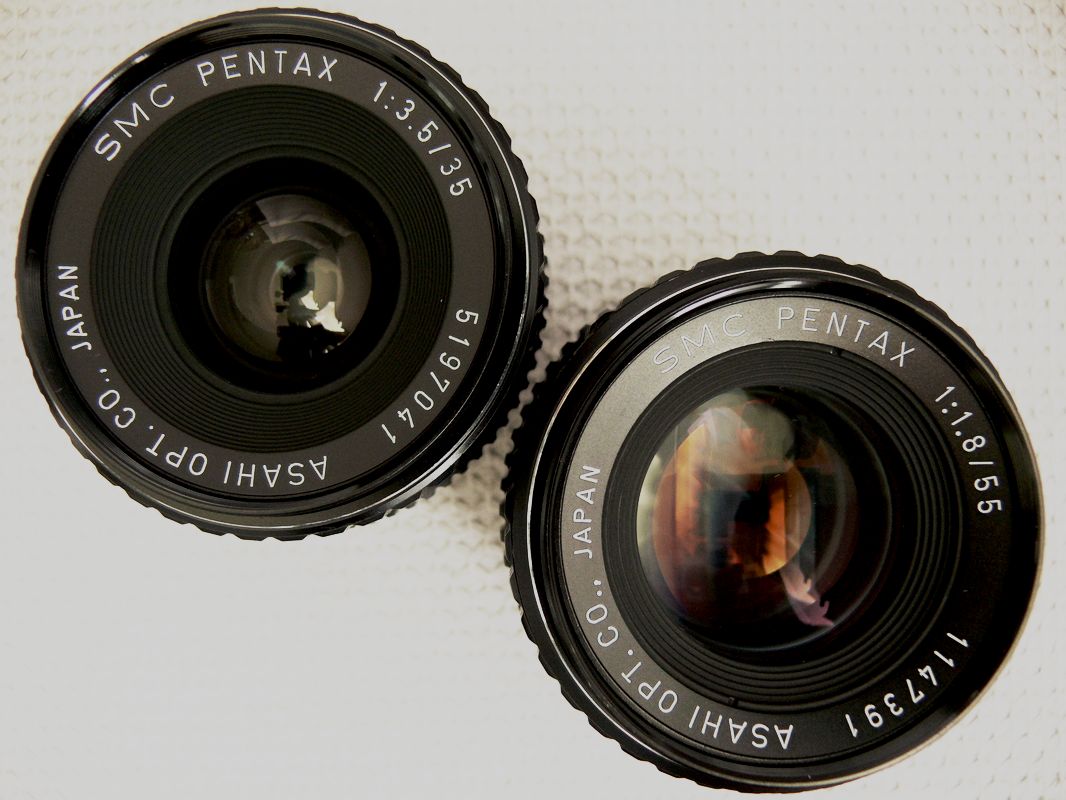
 RSS Feed
RSS Feed